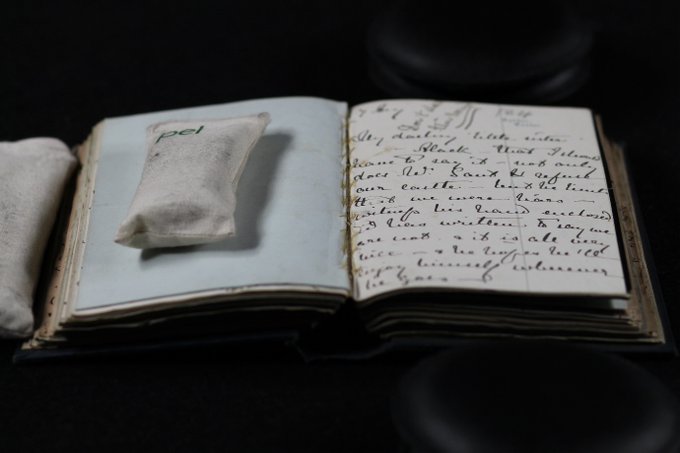Course 1: Text extraction from printed sources (11 & 12 September)
Course 2: Text extraction from handwritten sources (13 & 14 September)
Course 3: Digital ‘Distant reading’ with Voyant Tools and AntConc (11 & 12 September)
Course 4: Digital ‘Close reading’ with NVivo (13 & 14 September)
Optional: Bring Your Own Data Surgeries (15 September, a.m. & p.m.)
The aim of these four short online training courses is to provide Arts & Humanities researchers with foundational knowledge and skills in automated text extraction and analysis of textual sources, using free or widely available commercial applications. The aim is to allow participants to apply digital visualization and analysis techniques to source materials, including those which only exist in physical form, such as books, manuscripts, and archives.
Delivered by the University of Exeter as part of the AHRC’s iDAH Digital Skills Training Network, these courses are intended for academic professionals, researchers in Higher Education Institutions and Research Organizations, and librarians conducting research related to Arts and Humanities topics. They are foundation level, and do not require programming skills or prior experience. All courses are two, full-day sessions (+ optional half day). They will be conducted fully online, with a maximum of 10 participants on a first-come-first-served basis. To apply please fill in the application form.
Course 1: Text extraction from printed sources
This course will instruct participants in best practices for converting physical objects containing printed text, such as books, manuscripts and archives, into digital formats by using scanners, DSLR cameras and mobile phones. It will then focus on the use of OCR tools and techniques, such as Google Docs OCR, Adobe Acrobat Pro DC and ABBYY FineReader, to convert images of text into searchable and processable digital text.
Course 2: Text extraction from handwritten sources
This course will instruct participants in best practices for converting physical objects containing handwritten text, such as correspondence, manuscripts and archives, into digital formats by using scanners, DSLR cameras and mobile phones. It will then focus on the use of the online Transkribus HTR platform to convert images of text into searchable and processable digital text.
Course 3: Digital ‘Distant reading’ with Voyant Tools and AntConc
This course will cover a variety of methods for ‘distant reading’ (high-level analysis of texts and corpora), using freely available software. Voyant Tools will be used for rapid visualization and exploration of word patterns within a text. AntConc allows users to perform a variety corpus linguistics analysis techniques.
Course 4: Digital ‘Close reading’ with NVivo
This course introduces participants to NVivo, a software package widely available through university licenses and used for the close analysis of primary sources. Participants will learn how to transcribe and annotate texts and perform analysis and visualizations based on methods such as topic modelling, thematic clustering and sentiment analysis.
Optional: Bring Your Own Data Surgeries
An optional Friday morning or afternoon session will provide participants will some additional support when applying these methods to own materials and sources.
For additional information or any further inquiries, please feel free to email us digitalhumanities@exeter.ac.uk and we will respond promptly.

